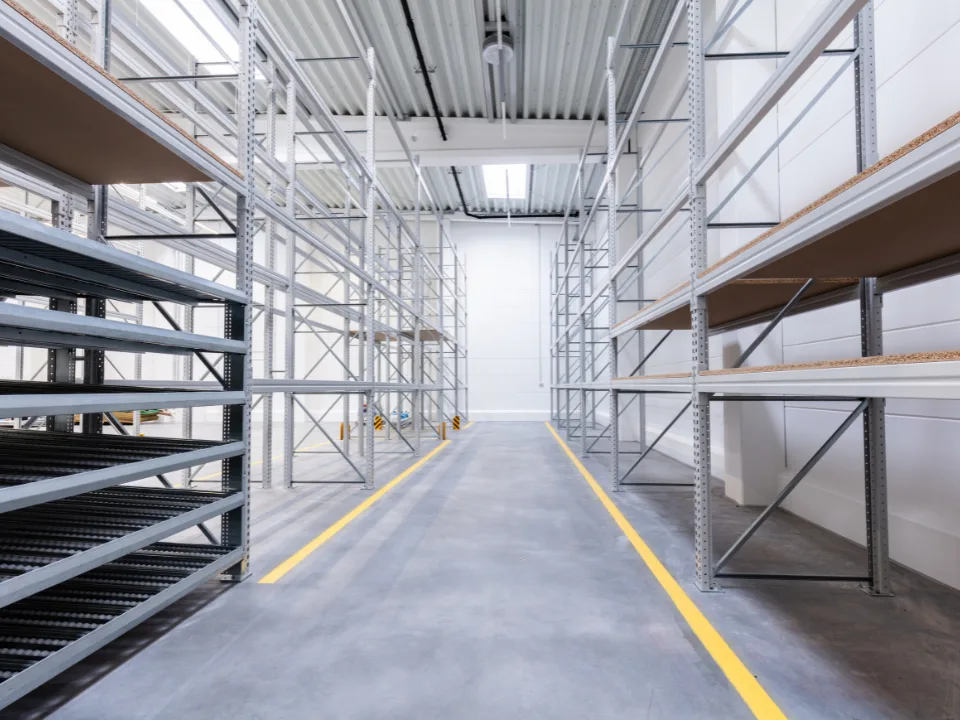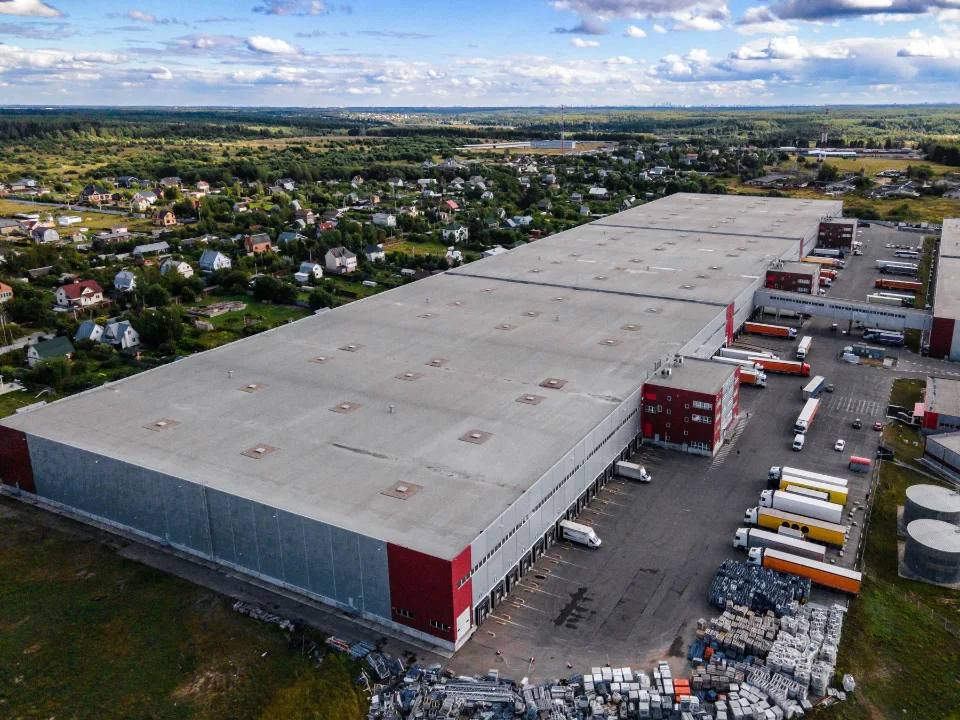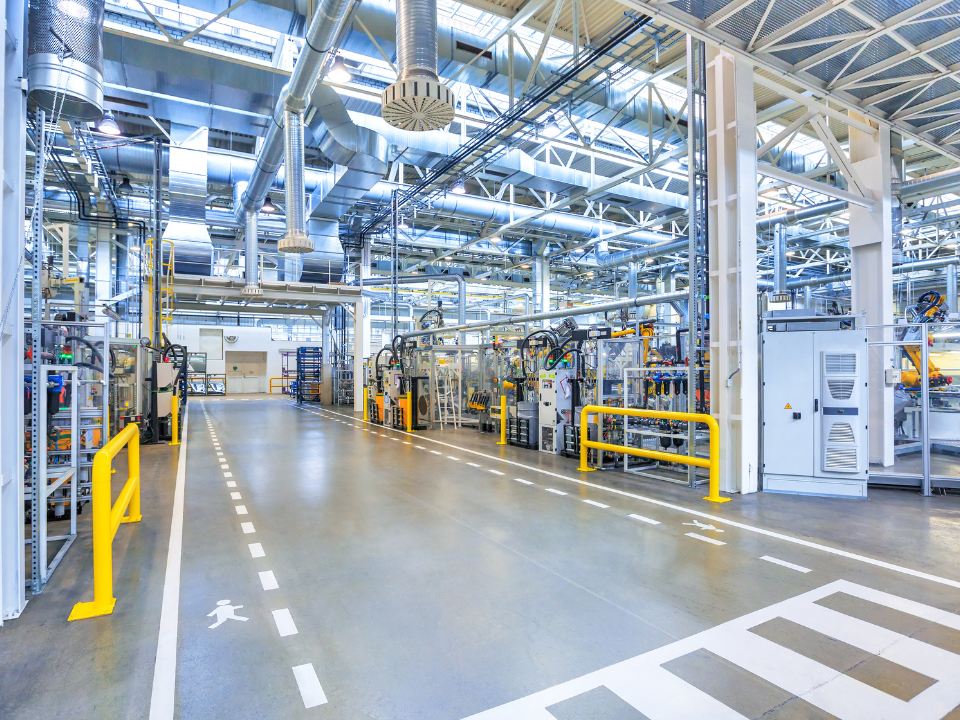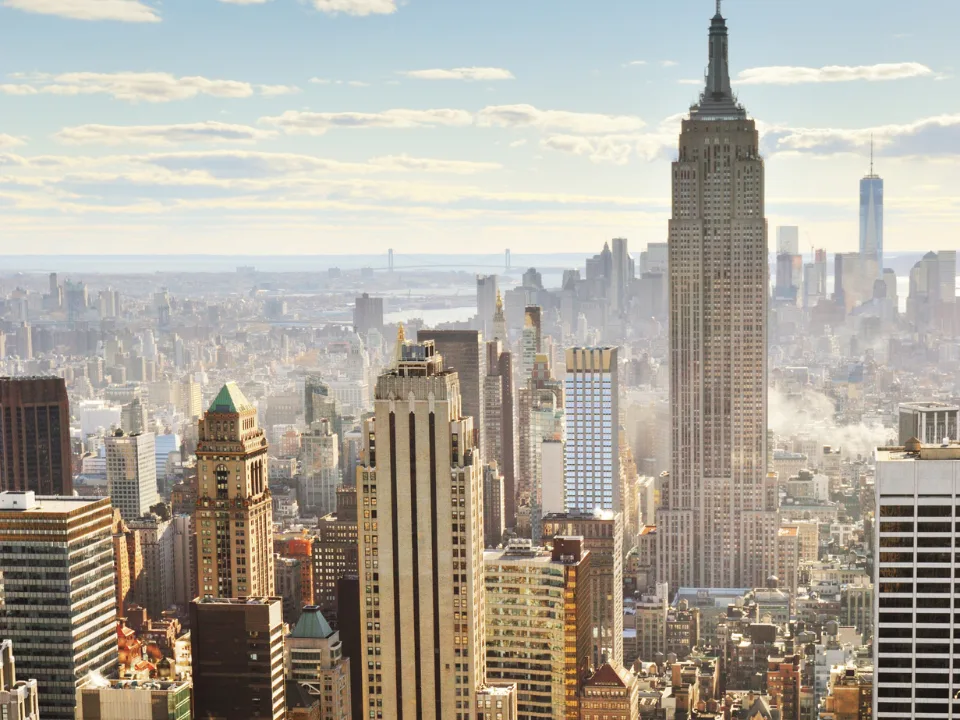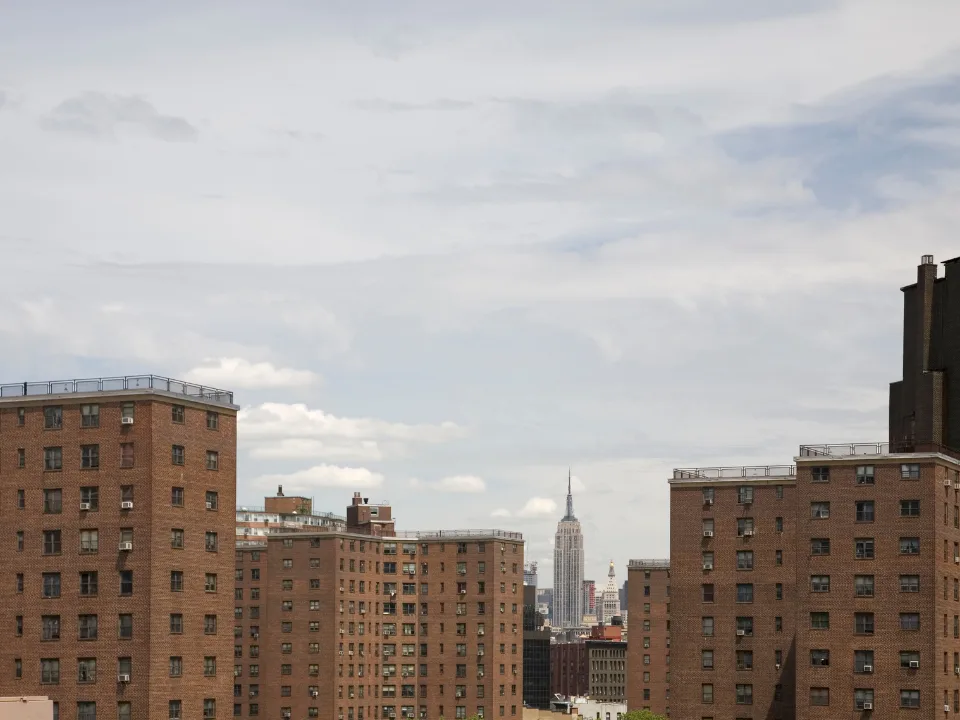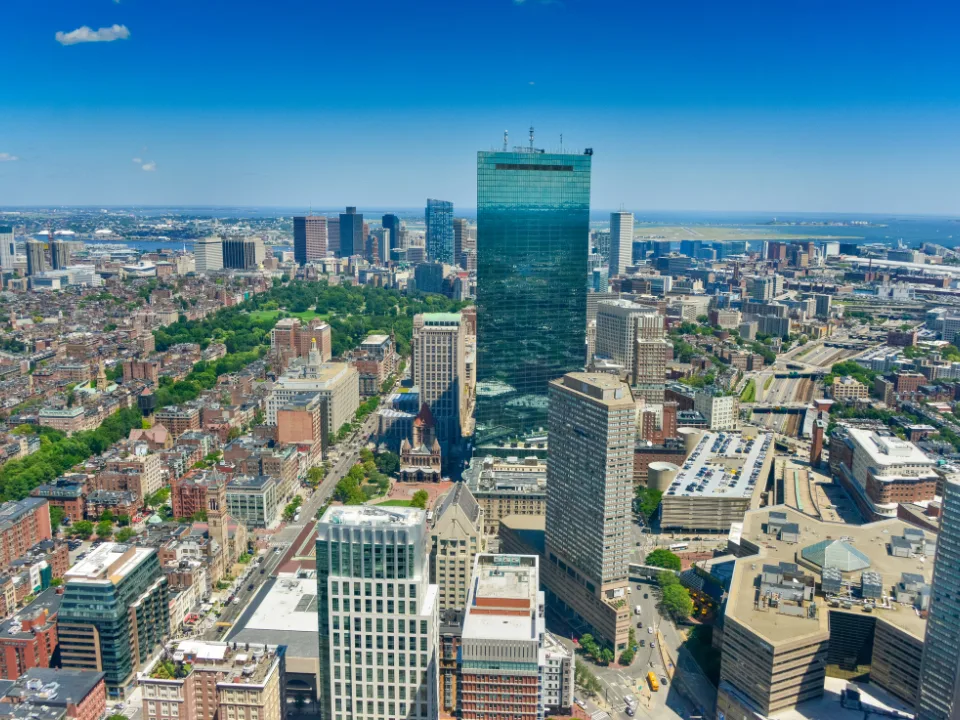- Industrial vacancy rates in the U.S. rose to 6.6% in Q3, but have since slowed down. Projections from Colliers indicate a peak of 6.8% in mid-2025, followed by higher occupancy rates.
- Construction levels have fallen drastically, with 2022’s record 711 MSF under construction now down 53% to 331 MSF this year.
- While up 9% YoY, rents showed no quarterly growth, signaling cooling demand due to high vacancies and slowing construction.
- Austin, Texas, remains a leader in new industrial construction, with 17.2 MSF underway and a high vacancy rate of 13.6%.
As reported by Bisnow, the U.S. industrial sector, bolstered by unprecedented demand and construction in the wake of the pandemic, is now facing rising vacancies.
By The Numbers
Following record-high construction levels that reached 711 MSF in 2022, industrial development has dramatically slowed down.
Construction under development has plummeted by more than 50% over the last two years, settling at 331 MSF as developers deal with rising vacancies. In 3Q24 alone, new deliveries totaled just 76 MSF—significantly lower than the 163 MSF completed in 3Q23.
Industry experts expect overall construction activity to continue declining, possibly returning to pre-pandemic averages below 300 MSF over the next two quarters and into 1H25.
Regional Highlights
Austin stands out as the fastest-growing industrial market, with 17.2 MSF under construction, accounting for 18.7% of its existing inventory. The city’s vacancy rate, however, reached 13.6% by the end of Q3, reflecting a potential oversupply.
The U.S. South region, covering Texas to Virginia, leads in overall construction, with 140.6 MSF in development. However, it also has the nation’s highest vacancy rate at 7.8%.
Slowing Rent Growth
Although average industrial rents climbed 9% YoY to $11.08 PSF in Q3, they held flat from the previous quarter. Colliers reported a decline in rental rates across 15 major U.S. markets, reflecting a temporary slowdown as the sector recalibrates.
While rent growth remains positive YoY, national averages for 2025 and 2026 are forecasted to return to the historical range of 2–7% annual growth.
Get Smarter about what matters in CRE
Stay ahead of trends in commercial real estate with CRE Daily – the free newsletter delivering everything you need to start your day in just 5-minutes
Market in Flux
The industrial sector’s current trajectory remains uncertain. Although tenants are coming out of the woodwork, deals are taking longer to close.
Some major property owners hope that the current period represents a market low, with conditions set to improve by late 2025.
Dan Letter, President of Prologis, highlighted the industry’s ambivalence on an earnings call, saying, “We are near or in an inflection period right now.” He noted that while customer interest remains high, decision-making has slowed, keeping pressure on rents through this period of market adjustment.
